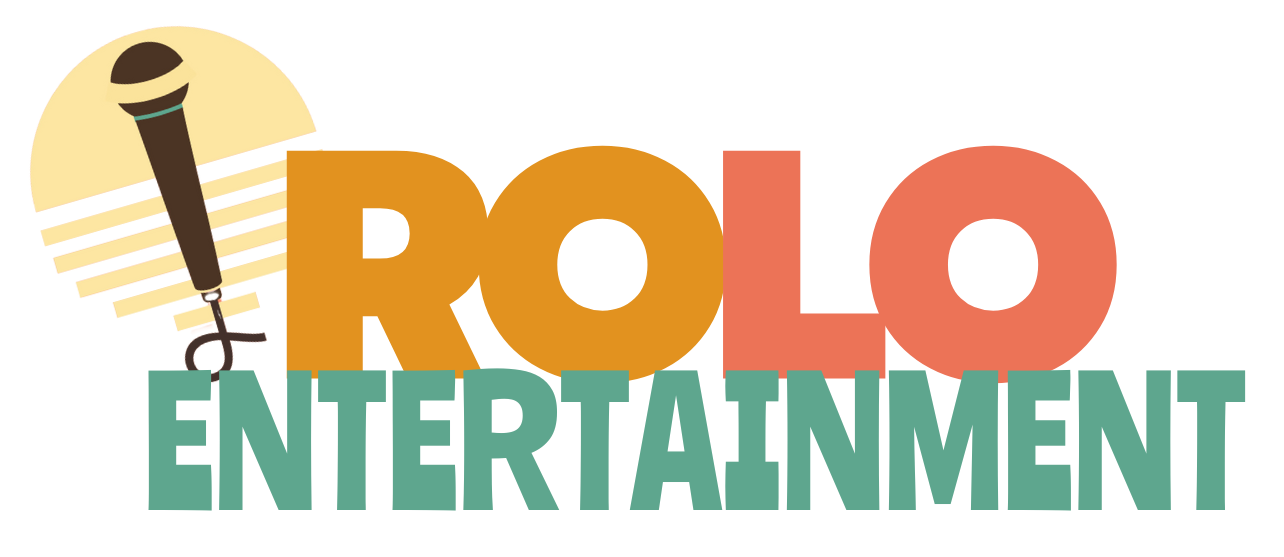From heartbeat synchronization to oxytocin release, here’s what actually happens when you press play
Forget the mystical language metaphors. Music isn’t magic—it’s neuroscience with a better soundtrack.
Consider the mechanics: A song doesn’t just trigger nostalgia; it activates your emotional memory systems, pulling you back to specific moments with cinematic precision. That rush of feeling when a certain track comes on? That’s your brain accessing stored emotional data, replaying not just the memory but the physiological state you were in when it was encoded. It’s involuntary. It’s visceral. It’s why certain songs feel less like listening and more like time travel.
Then there’s the physiology. Your heartbeat doesn’t just appreciate rhythm—it synchronizes with it. Play something upbeat and your cardiovascular system responds accordingly. Cue something slow and meditative, and your heart rate follows suit. This isn’t metaphor; it’s measurable biological entrainment, your body literally dancing with sound waves.
The productivity crowd has known for years what researchers confirmed: instrumental music, particularly Baroque compositions, enhances focus. Those intricate harpsichord runs and mathematical fugues aren’t just pleasant background noise—they create an acoustic environment that optimizes cognitive function. Bach wasn’t trying to help you meet deadlines, but his music does it anyway.
Music therapy formalizes what many intuitively understand: music creates neural pathways. Stroke patients regain speech through melody. Trauma survivors process emotions through rhythm. Whether you’re strumming a guitar or tapping your foot, you’re engaging therapeutic mechanisms that bypass traditional cognitive processing. The brain doesn’t just enjoy music—it uses it as a tool for repair and reorganization.
Movement coordination operates on similar principles. Rhythmic music doesn’t just inspire dancing; it structures motor control. That spontaneous living room dance party or the way your stride adjusts to whatever’s playing in your headphones? That’s your motor cortex taking cues from auditory input, turning sound into synchronized motion.
And the social dimension: group singing or dancing triggers oxytocin release—the same bonding hormone associated with trust and attachment. When you harmonize with others or move in sync, you’re not just sharing an experience; you’re biochemically reinforcing social connection. Choir practice and dance circles aren’t just recreational; they’re oxytocin delivery systems disguised as art.
Recent research in music wellness breaks down the brain’s response with remarkable specificity. The cortex generates mental imagery. The limbic system processes emotion and memory. Different neural regions activate in concert (so to speak), creating what we experience as a unified response to music. Your brain isn’t a passive receiver—it’s an orchestra of specialized systems working in coordination.
None of this diminishes music’s impact. If anything, understanding the mechanisms makes it more remarkable. Music doesn’t work because it’s magical. It works because it’s perfectly designed to hijack every system we have—emotional, physiological, cognitive, social. We didn’t evolve to appreciate music. We evolved systems that music learned to exploit brilliantly.
So when a song hits different, that’s not poetry. That’s neuroscience. Your brain just happens to experience it as feeling.
Keep the music playing. Your neural pathways will thank you. 🎶
